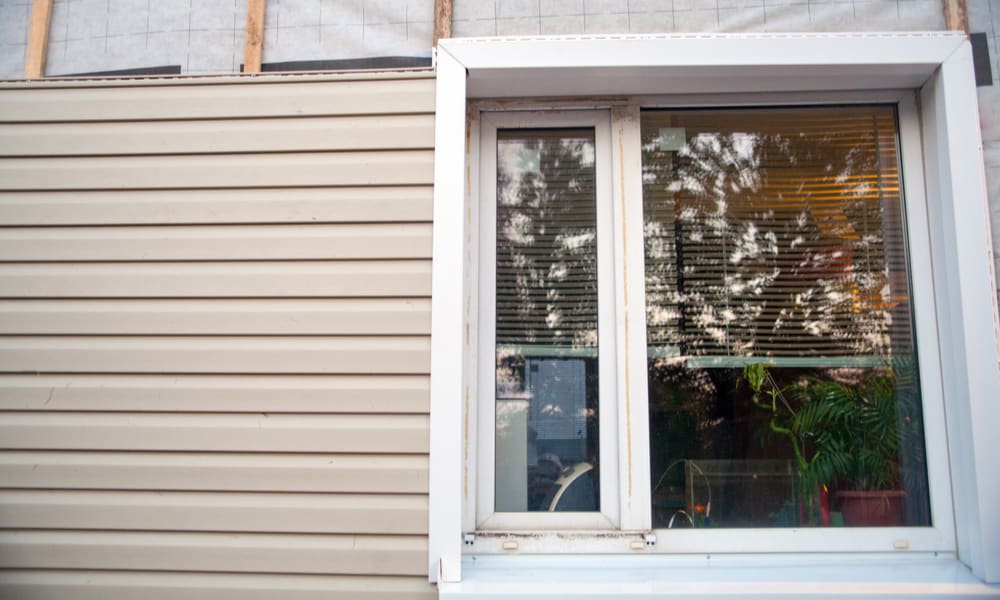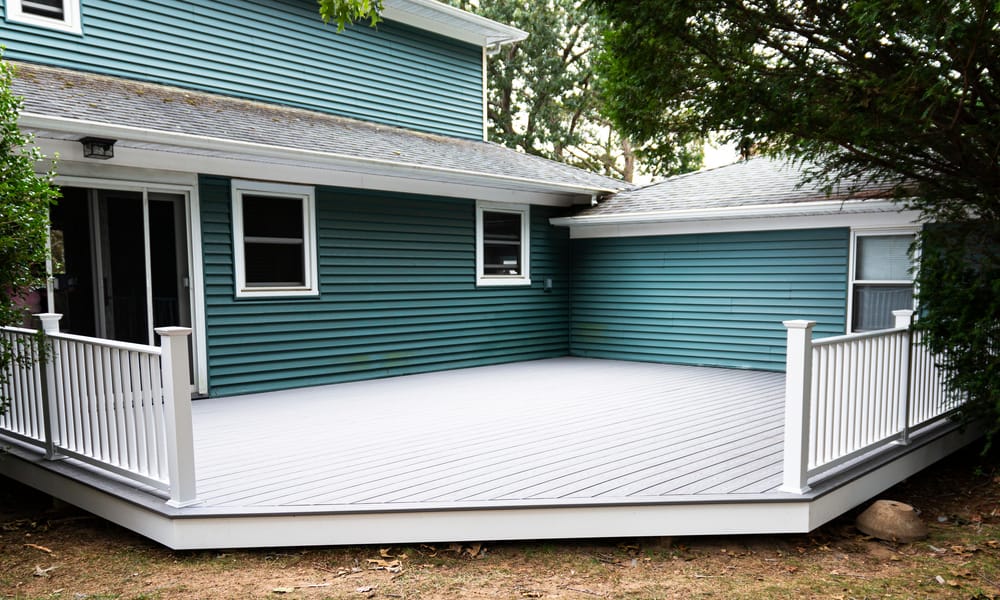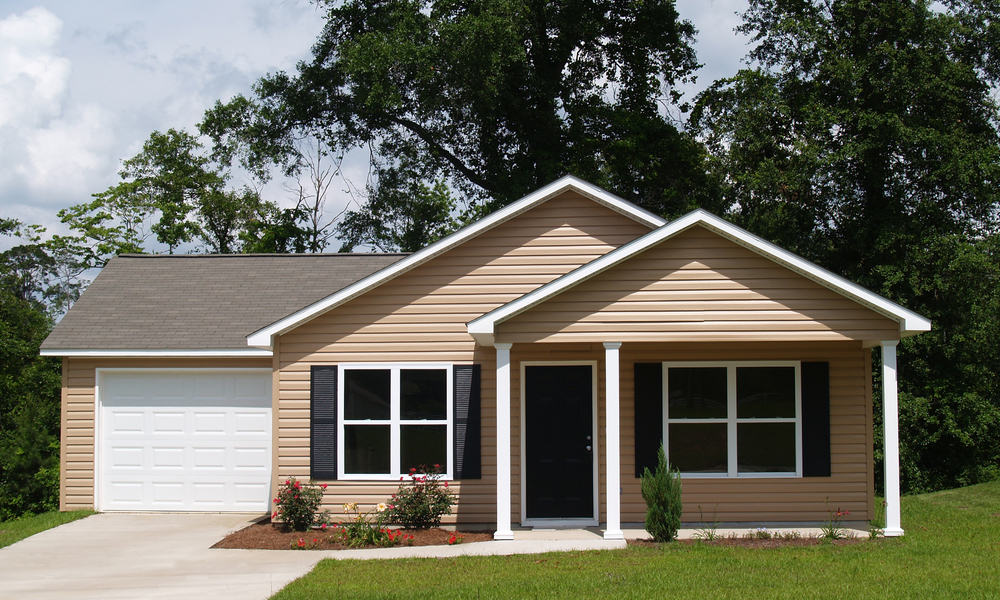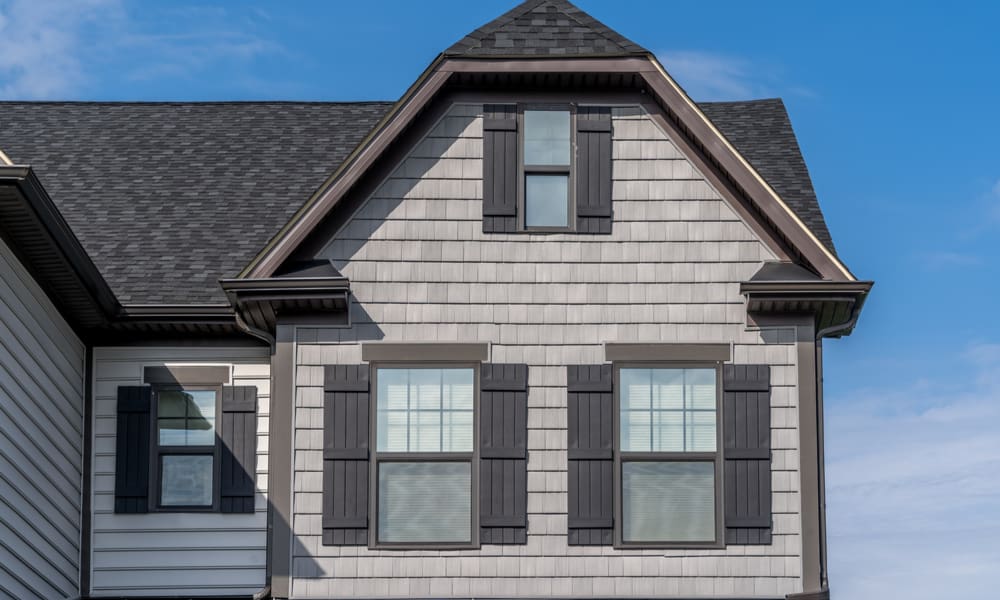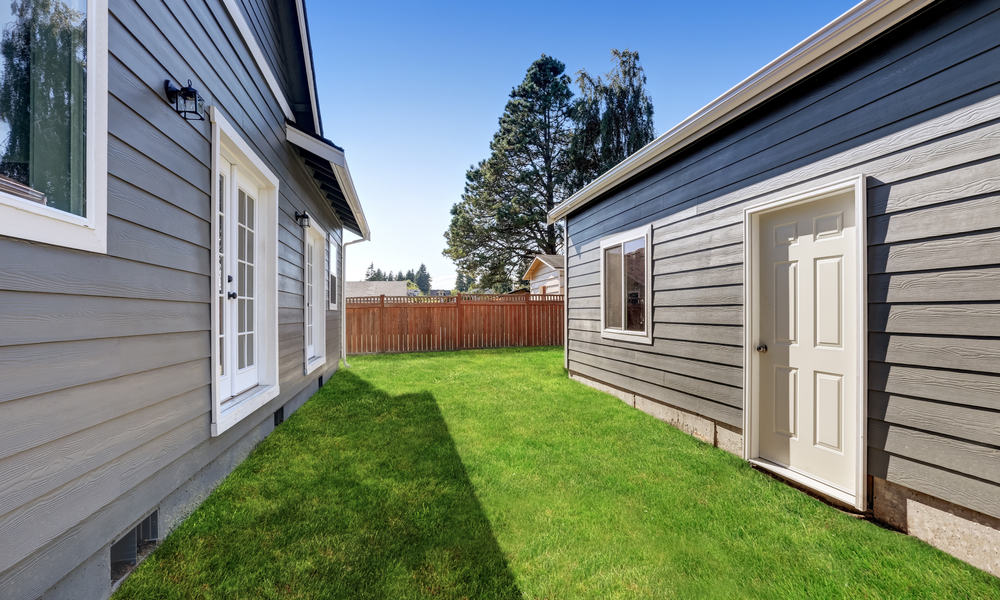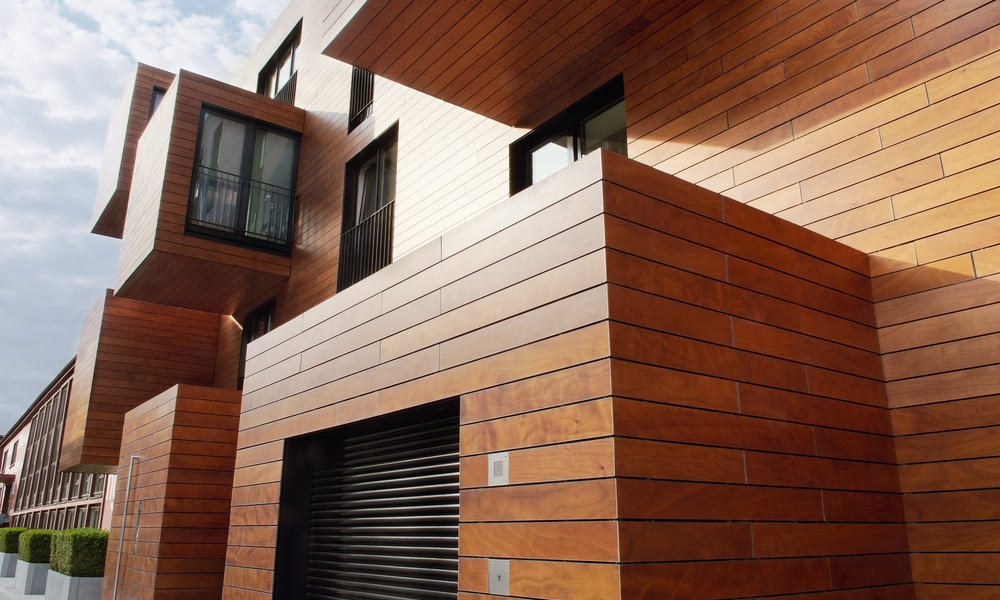To an inexperienced customer, purchasing the vinyl sidings can pose the worst nightmare. You can lean on constructors to offer you guidance and insight about the quality, amount, or necessity. Still, it is always more secure to be well informed to avoid buying more expensive material than you should.
I will give you some tips and comparisons connected to the width, quality, and styles of various vinyl sidings you can find on the market. The highlight will be on 4inches vs. 5 inches vinyl sidings.
Table of Contents
What Is Vinyl Siding?
During the first half of the 20th century, constructors only used wood and aluminum sidings to cover the parts of houses, buildings, and warehouses. That was a way to protect them from harsh weather conditions.
The exterior construction and siding industry took a big step forward in the 1950s. In that period, Crane Plastics in Columbus, Ohio, invented vinyl siding and launched the new idea globally.
In essence, vinyl siding mainly consists of a modern material, PVC (polyvinyl chloride). On average, 80% of it is PVC, and the other 20% are other ingredients that improve color, shine, durability, and versatility.
Two PVC layers make the vinyl sidings advanced and superior. The first one is in charge of bad weather conditions and impact protection. It has a 10% of titanium to make it stronger.
The second layer is the substrate layer with limestone. It makes the vinyl cheap as it reduces the price for making PVC and helps produce flexible material.
Vinyl Siding Advantages
Like any other siding, the first reason to pick out this option is your home’s more appealing exterior. It is a cheap way to cover the imperfections of the walls and hide any possible flaws on their surface.
Vinyl has become very fashionable among fashion interior designers, exterior designers, and construction workers thanks to many possibilities regarding colors and patterns. It offers endless options for creativity and can satisfy both your taste and current fashion trends.
Another advantage is an enormous variety of available dimensions, shapes, and sizes. That makes this material more desirable and leaves a lot of room for inspiration and freedom.
Finally, vinyl siding is simple to maintain and clean, which is a crucial feature for many consumers. A bucket of water or hose will do the job perfectly in most cases.
Correct Vinyl Siding Size
You should consider three vinyl siding size types, including length, width, and thickness. All of them determine the final product features.
Length
The vinyl siding length is essential for covering different areas of the exterior. You can choose various sizes according to your needs without too much cutting and fitting. The most common standard lengths are:
- 12 feet (3.65 m)
- 5 feet (3.8 m)
- 16 feet 8 inches (5 m)
- 20 feet (6 m)
- 25 feet (7.6 m)
Thickness
When it comes to vinyl siding thickness, there are several things you should be aware of. First of all, there is a standard you should follow, and the vinyl siding shouldn’t be thinner than 0.035 inches (0.9 mm). As you can guess, the thicker the siding, the better it is. Typical standards in the US are:
- Economy grade siding with a thickness of 0.038 inches (0.96 mm)
- Builder grade siding with a thickness of 0.040 inches (1 mm)
- Average grade siding with a thickness of 0.044 inches (1.11 mm)
- Upgraded vinyl siding with a thickness of 0.046 inches (1.17 mm)
- Premium grade siding with a thickness of 0.048 inches (1.2 mm)
- Top of the line siding with a thickness of more than 0.055 inches (1.4 mm)
Width
Finally, we come to the question of the vinyl siding width. There are several standard wide vinyl sidings that you can find in warehouses, including:
- 4 inches (10 cm)
- 5 inches (13 cm)
- 6 inches (15 cm)
- 7 inches (18 cm)
- 12 inches (30.5 cm)
However, classifying these vinyl sidings is a bit tricky as they are divided into three groups.
Vinyl siding classification |
||
| Single | Double | Triple |
| Single 6 inches (15 cm) | Double 3 inches (15 cm) | Triple 3 inches (23 cm) |
| Single 7 inches (18 cm) | Double 4 inches (20.5 cm) | Triple 4 inches (30.5 cm) |
| Single 8 inches (20.5 cm) | Double 4.5 inches (23 cm) | |
| Double 5 inches (25.5 cm) | ||
| Double 6 inches (30.5 cm) | ||
As you can notice, the 4 inches (10 cm) and 5 inches (13 cm) vinyl siding come in a double option. It means that there are two rows or courses on one panel. When you see the marking D4 or D5, you will know that they stand for double 4 inches (20 cm) and double 5 inches (26 cm).
D4 or double 4 inches (20.5 cm) is 4 inches (10 cm) multiplied by two, meaning 8 inches (20.5 cm) wide plus the nailing ham and interlocking details. The same is with D5 or double 5 inches (13 cm). It is actually 10 inches (25.5 cm) wide vinyl panel siding plus the nailing ham and interlocking details.
The same goes with triple 3 inches (23 cm). It means there are three rows of 3 inches (7.6 cm) wide vinyl siding on one panel, making 9 inches (23 cm) wide siding plus the nailing ham and interlocking details.
4 Inches vs. 5 Inches Vinyl Siding
Size
Generally speaking, there are not many differences between 4 inches (10 cm) and 5 inches (13 cm) vinyl sidings, and the choice depends on your preferences. You should pick the type that is more appealing to your eye and more suitable for your style.
The difference between double 4 inches (20.5 cm) and double 5 inches (25.5 cm) wide panels is pretty irrelevant from the construction point of view. The only thing they can tell you is that it is better to use fewer nails for installing the siding.
Price
There is a difference in pricing between the vinyl sidings regarding their width. However, there is no significant difference in pricing when it comes to 4 inches (10 cm) and 5 inches (13 cm) vinyl sidings.
Vinyl siding average cost per 1 sq ft (0.09 m2) |
|
| Vinyl siding type | Price |
| 4 inches (10 cm) horizontal lap | $1.3 to $10 |
| 5 inches (13 cm) horizontal lap | $1.3 to $10 |
| 6 inches (15 cm) shingle or shake | $2.5 to $10 |
| 7 inches (18 cm) shingle or shake | $2.5 to $10 |
| 12 inches (30.5 cm) board-and-batten | $2.5 to $10 |
Keep in mind that these prices can differ regarding the manufacturers and your place of residence.
Dutch Lap and Clapboard Vinyl Siding Styles
Nowadays, D4 and D5 are popular in two styles, Dutch Lap and Clapboard.
Dutch Lap profiles
This profile with strong shadow lines resulting from the curve at the top of the row originated in northern Europe. If you decide on this style, you can find it in different widths, including:
- Double 4 inches (20.5 cm)
- Double 4.5 inches (23 cm)
- Double 5 inches (25.5 cm)
- Double 6 inches (30.5 cm)
- Triple 3 inches (23 cm)
- Triple 4 inches (30.5 cm)
Clapboard profiles
This profile with vertical faces resembles traditional wood siding. Native Indians used it to shape wood and timber for their homes. The clapboard profiles come in many width options, including:
- Single 6 inches (15 cm)
- Single 7 inches (18 cm)
- Single 8 inches (20.5 cm)
- Double 3 inches (15 cm)
- Double 4 inches (20.5 cm)
- Double 4.5 inches (23 cm)
- Double 5 inches (25.5 cm)
- Double 6 inches (30.5 cm)
- Triple 3 inches (23 cm)
- Triple 4 inches (30.5 cm)
Vinyl Siding Compared to Other Options
Wood siding
For ages, people used wooden planks and wooden sidings to protect their homes. This material is too expensive, difficult to clean, and not having a long life span when maintained inappropriately. Therefore, vinyl siding replaced it quickly in many American homes.
Not so rarely, people decide on vinyl since the wood can hold the color for only a few years. After that, you need to repaint it to keep your house looking attractive, making it a time-consuming and expensive option.
Moisture and water can also pose a significant problem regarding wood siding. The wood absorbs moisture and swells, causing damage and breaking. So you often need to remove and replace this siding sooner than you have expected.
Metal siding
Metal siding, including aluminum, copper, steel, and zinc option, can be very heavy and difficult to implement and transport and is very expensive. On the other hand, vinyl siding is stronger and more resilient to impact and weather conditions.
Vinyl siding longevity and quality compared to metal is better, plus it is more practical and less complicated. Finally, metal siding can’t beat the vinyl one when it comes to price. They are all more expensive, meaning they are not a budget-friendly solution.
Summary
As you can see, the differences between 4 inches (10 cm) and 5 inches (13 cm) vinyl sidings are minimal. You can easily decide by looking at the pattern or color as there is no significant difference in installation, endurance, purpose, and price.
